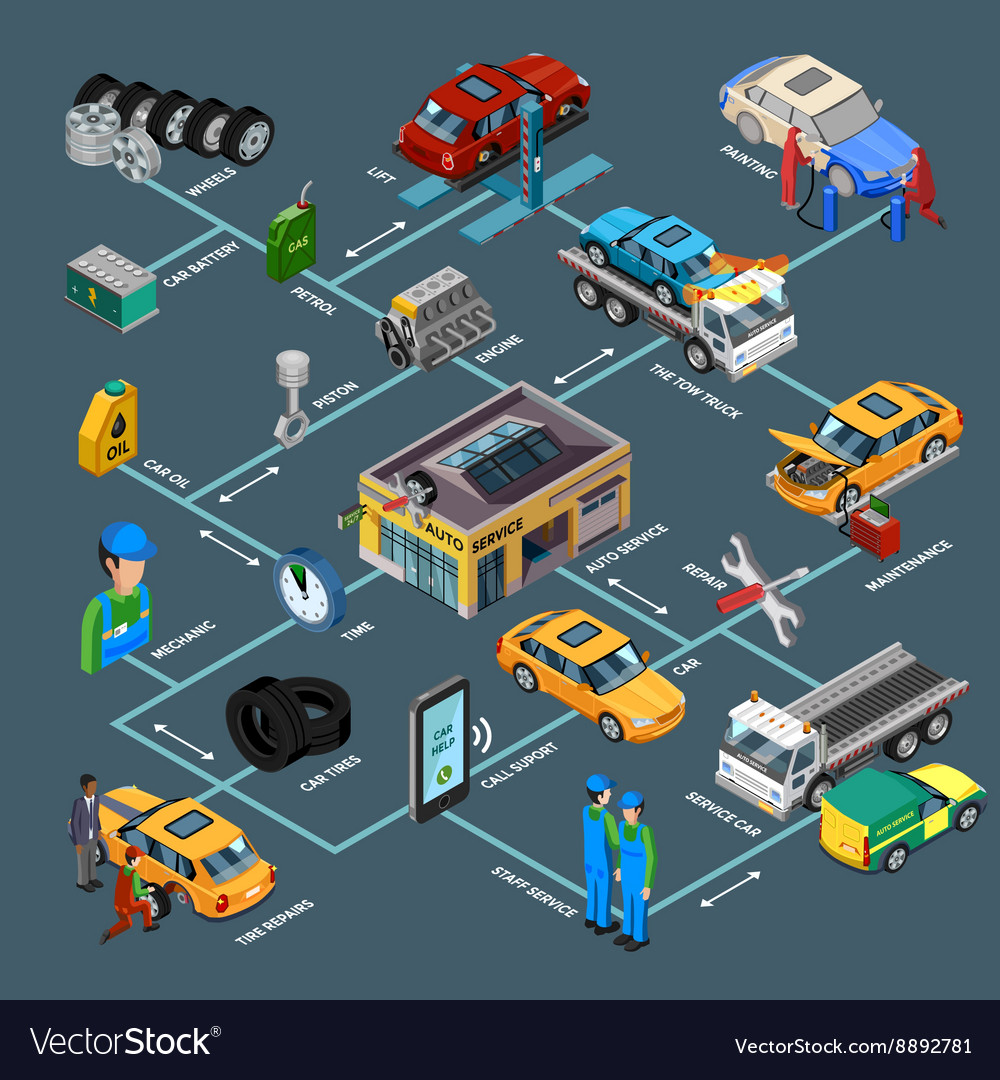Open The Hood To Reveal Common Brake System Problems And Their Solutions, However What About Spongy Brake Pedals? Discover The Solution Ahead! Discover More Listed Below
Open The Hood To Reveal Common Brake System Problems And Their Solutions, However What About Spongy Brake Pedals? Discover The Solution Ahead! Discover More Listed Below
Blog Article
Web Content Author-Sharma Herring
When it pertains to your lorry's brake system, comprehending typical concerns can save you from potential security threats. From identifying brake pad wear to dealing with brake liquid leaks, knowing just how to deal with these issues is crucial. However what concerning just click the following webpage ? There's a solution for that too. Stay tuned to find out mouse click the next webpage concerning these concerns and the functional services that can maintain you safely on the road.
Brake Pad Put On and Substitute
When it concerns keeping your automobile's brake system, one critical aspect to keep an eye on is the wear and substitute of brake pads. Brake pads are important parts that press against the brake blades to decrease or stop your vehicle. Gradually, these pads wear down due to friction, needing regular inspection and substitute to ensure your brakes operate properly.
To identify if your brake pads require substitute, pay attention for screeching or grinding sounds when you apply the brakes. In addition, if your automobile takes longer to stop or you notice vibrations or pulsations when braking, it might be time to change the brake pads.
Neglecting used brake pads can bring about decreased braking efficiency, damages to various other brake parts, or even brake failing.
Replacing brake pads is a fairly simple procedure for lots of cars. However, if you're not sure or uncomfortable executing this task, it's best to seek advice from a specialist technician to make sure proper setup and optimal brake performance.
Regularly checking and replacing brake pads is essential for your safety and the durability of your car's braking system.
Brake Fluid Leaks and Maintenance
To guarantee your car's brake system functions ideally, it is necessary to likewise take note of brake fluid leaks and maintenance. Brake fluid is important for transferring the force from your foot on the brake pedal to the real stopping system. One typical problem with brake liquid is leakages, which can take place as a result of worn-out brake lines, seals, or connections. If pop over to this web-site notice a puddle or leaks under your vehicle, it's essential to deal with the leakage quickly to stop a prospective brake failure.
https://brakes-and-rotors51628.eedblog.com/31270355/explore-the-top-10-ideas-that-can-assist-you-in-choosing-one-of-the-most-ideal-vehicle-service-center-near-you-ensuring-an-informed-decision checking your brake liquid degree is vital to maintaining your brake system. Reduced brake fluid can bring about air going into the brake lines, which compromises braking efficiency.
In addition, old or infected brake liquid can affect the overall effectiveness of your brakes. It's suggested to adhere to the producer's standards on when to transform the brake fluid, generally every 2 years.
Spongy Brake Pedal: Bleeding Brakes
If you've ever experienced a squishy brake pedal while driving, you comprehend the relevance of keeping a company and receptive stopping system. One usual cause of a spongy brake pedal is air entraped in the brake lines. When air enters the brake system, it can lead to a loss of hydraulic stress, resulting in that upsetting mushy feeling when you press the brake pedal.
To settle this concern, hemorrhaging the brakes is necessary. Hemorrhaging the brakes involves removing the air from the brake lines to restore appropriate hydraulic stress.
To hemorrhage the brakes, you'll require an assistant to assist you. Beginning by locating the brake bleeder shutoff on each wheel, normally located near the brake caliper. With a wrench, loosen up the shutoff and have your assistant press the brake pedal while you observe any air bubbles appearing. Repeat this process for each and every wheel, starting from the wheel farthest from the master cylinder and moving more detailed.
As soon as you no more see air bubbles and only clear liquid emerges, tighten the shutoff and top up the brake fluid storage tank as needed. Bleeding the brakes helps ensure a firm brake pedal and enhances overall stopping efficiency.
Verdict
Now that you comprehend typical brake concerns and how to fix them, you can guarantee your vehicle's safety and security and performance. Keep in mind to pay attention for indication like shrilling sounds or spongy brake pedals, and address them promptly. Normal maintenance and timely substitutes are key to keeping your brakes in top problem. Stay positive and mindful to your brake system to appreciate safe and trusted driving experiences.
